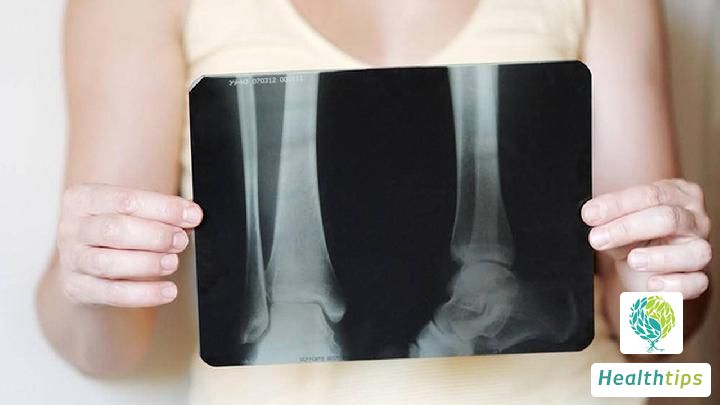Female Concerns About Facial Contouring and Potential Risks of Cheekbone Reduction Surgery

Female individuals often hold high standards for their facial features, aspiring for a more flawless face shape. Those with broader faces may face particular challenges when choosing hairstyles, as they can significantly impact their appearance. While cheekbone reduction surgery (a form of facial contouring) may seem like a viable option, it is essential to note that this procedure comes with various potential complications and should be approached with caution.
1. Facial Numbness
During surgery on the jawbone, there is a risk of injuring the inferior alveolar nerve, which directly controls sensation in the lower teeth and lips. This can lead to facial numbness.
2. Facial Muscle Distortion
Damage to sensory nerves can cause sensory numbness, while injury to facial nerves can affect facial muscle movement, necessitating corrective measures. For instance, during zygomatic bone surgery, some nerves grow closely along the bone membrane. If the surgeon fails to adequately separate these nerves from the bone membrane, severe complications such as eyebrow elevation difficulties and frontal muscle paralysis on one side may occur.
3. Asymmetry
Achieving precise measurements for bone resection (or grinding) during surgery is challenging, and natural facial asymmetry further complicates the process. Technical limitations or inattention on the surgeon's part can exacerbate existing facial width asymmetries.
4. Postoperative Hematoma Following Cheekbone Reduction
All surgical procedures involve manipulation of blood vessels and nerves. Even with adequate hemostasis, postoperative bleeding and hematoma formation are common complications that can only be addressed through corrective facial contouring surgery. Therefore, surgeons typically insert a drainage tube during suture closure to remove accumulated blood from the surgical site. Improper placement of the drainage tube or inadequate hemostasis can lead to significant blood accumulation in the face, resulting in a hematoma.




















